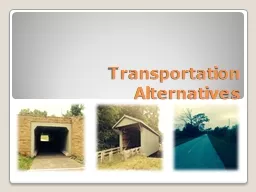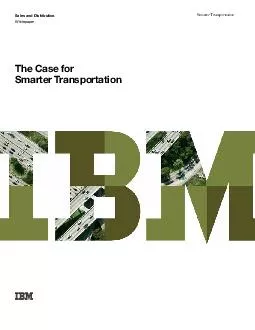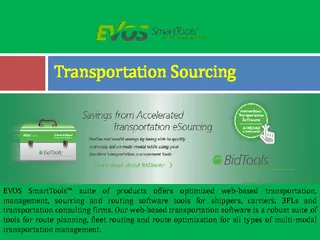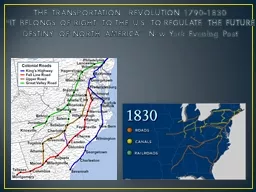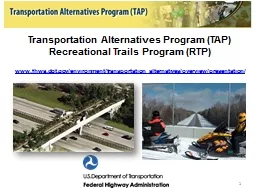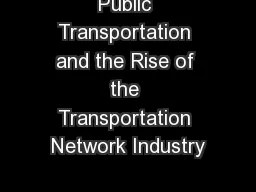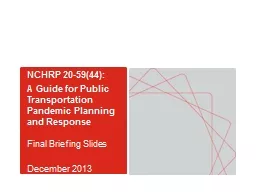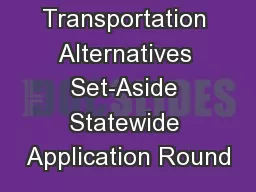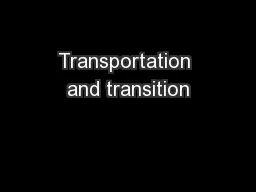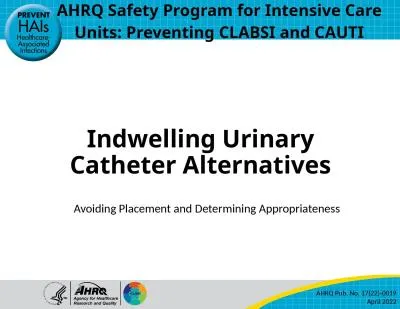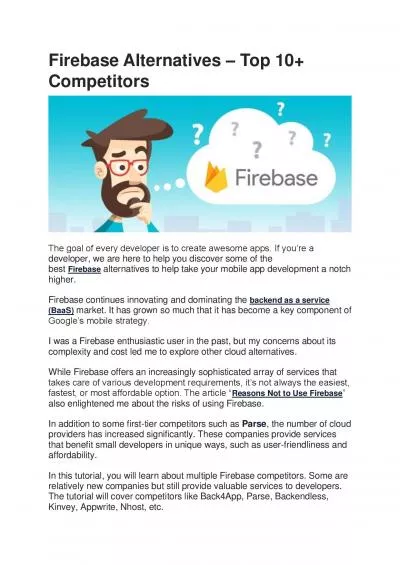PPT-Transportation Alternatives
Author : min-jolicoeur | Published Date : 2016-06-11
MAP21 amp TAP MAP21 amp TAP MAP21 requires the following with respect to the allocation amp selection of projects TAP funds suballocated to urbanized areas with
Presentation Embed Code
Download Presentation
Download Presentation The PPT/PDF document "Transportation Alternatives" is the property of its rightful owner. Permission is granted to download and print the materials on this website for personal, non-commercial use only, and to display it on your personal computer provided you do not modify the materials and that you retain all copyright notices contained in the materials. By downloading content from our website, you accept the terms of this agreement.
Transportation Alternatives: Transcript
Download Rules Of Document
"Transportation Alternatives"The content belongs to its owner. You may download and print it for personal use, without modification, and keep all copyright notices. By downloading, you agree to these terms.
Related Documents

